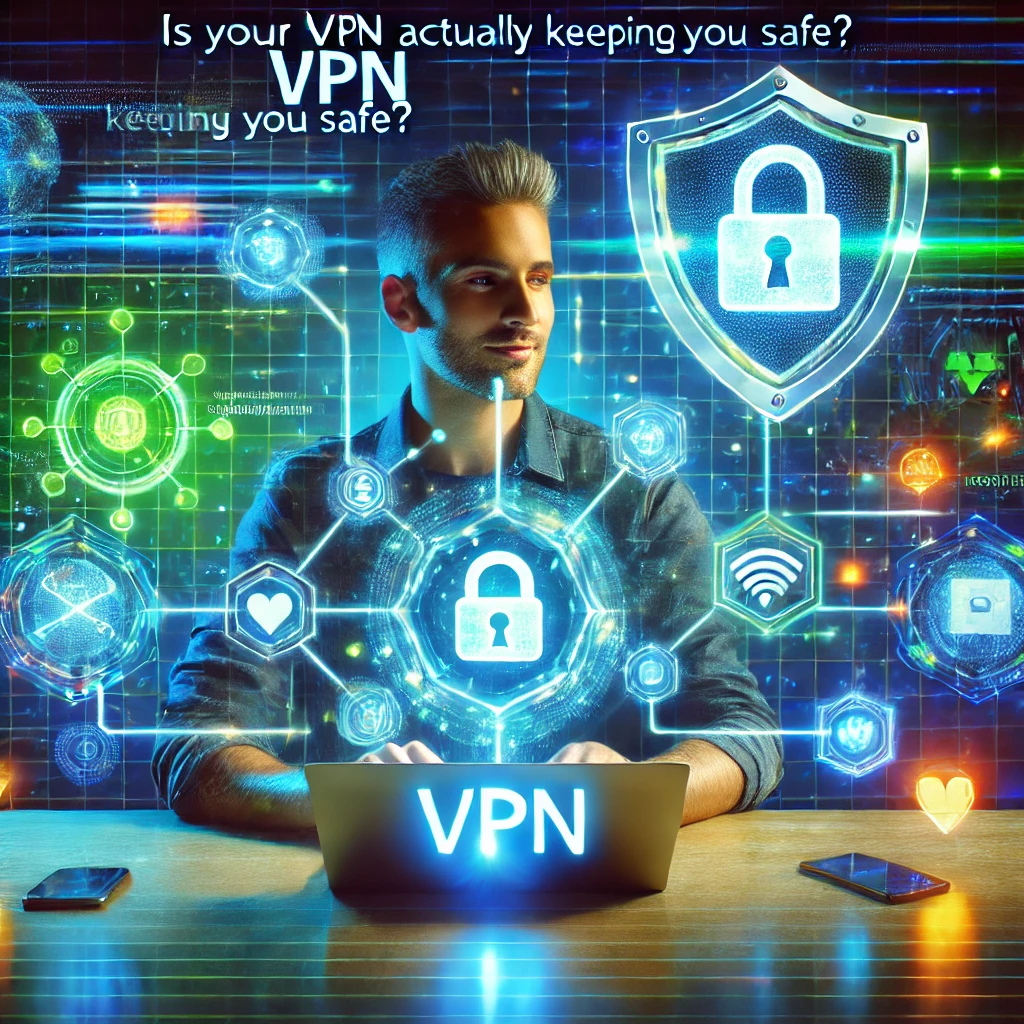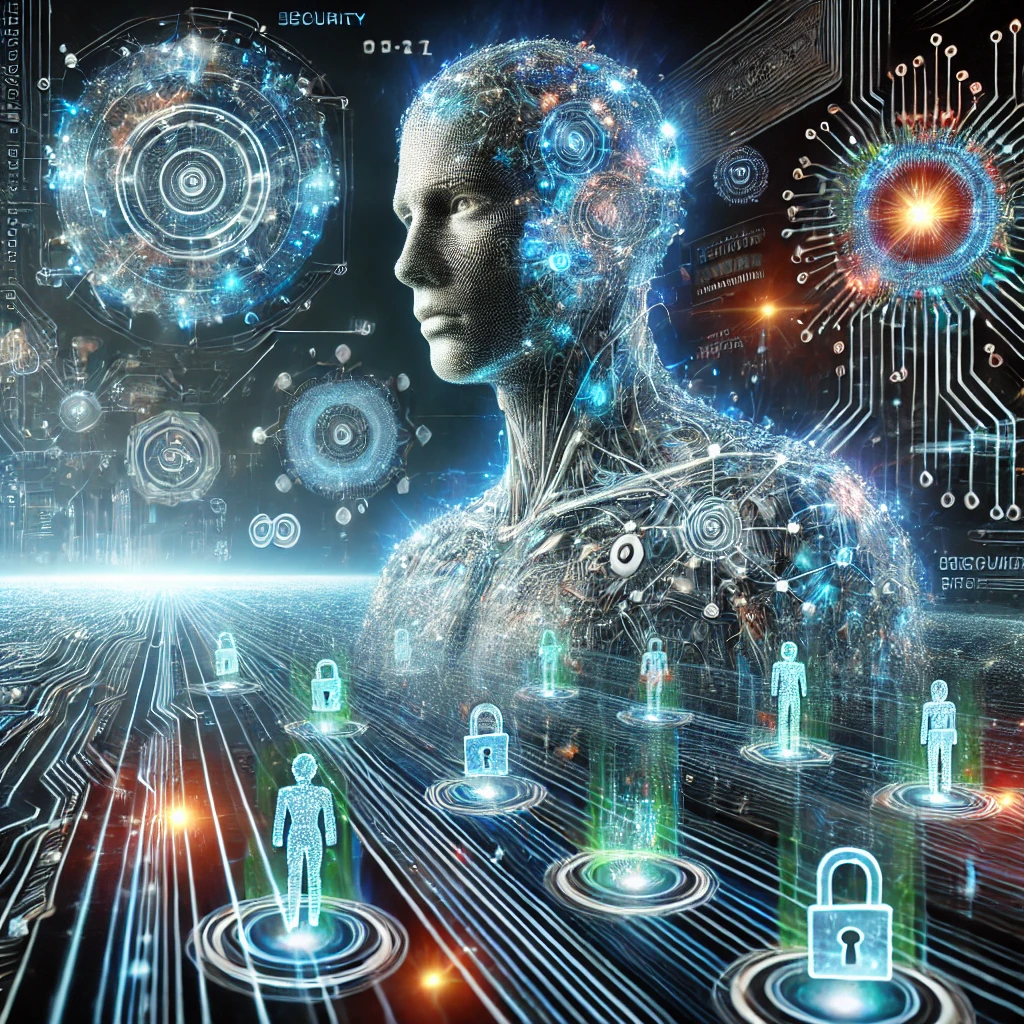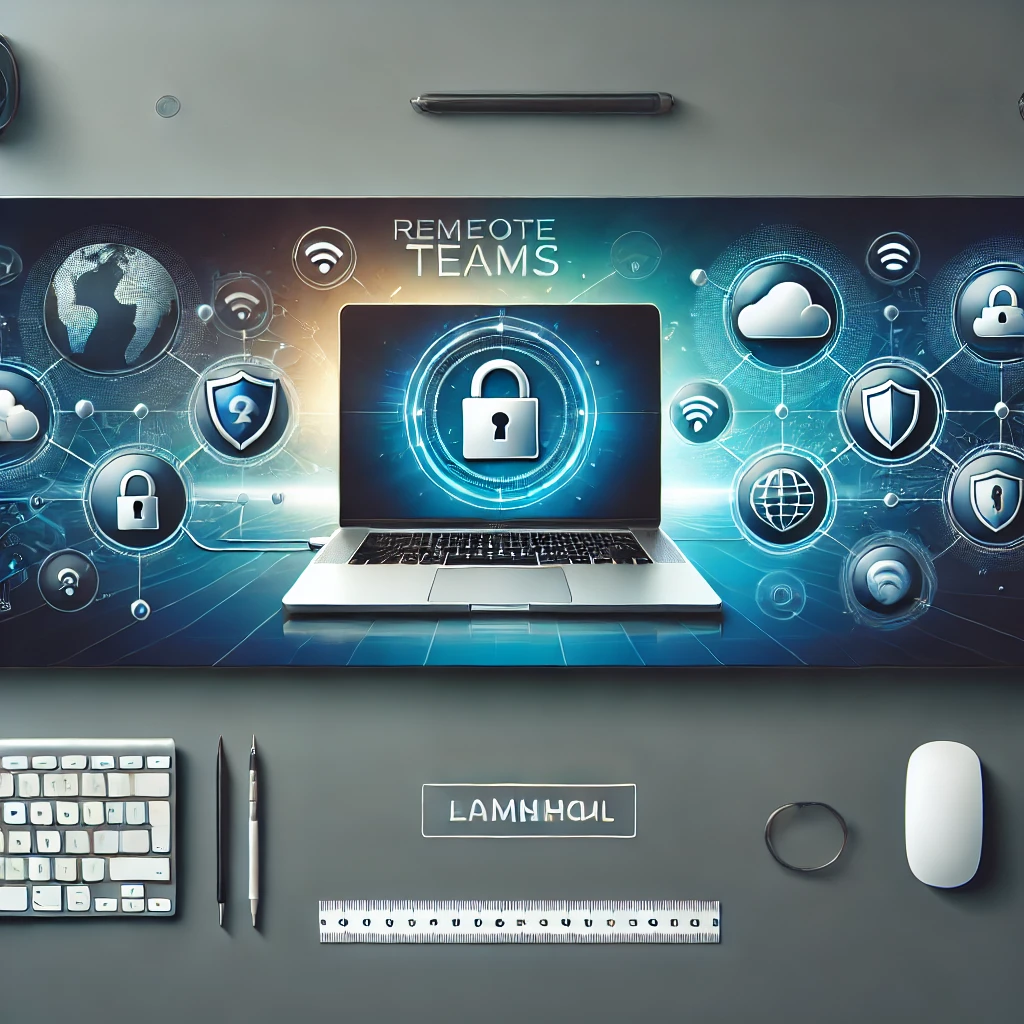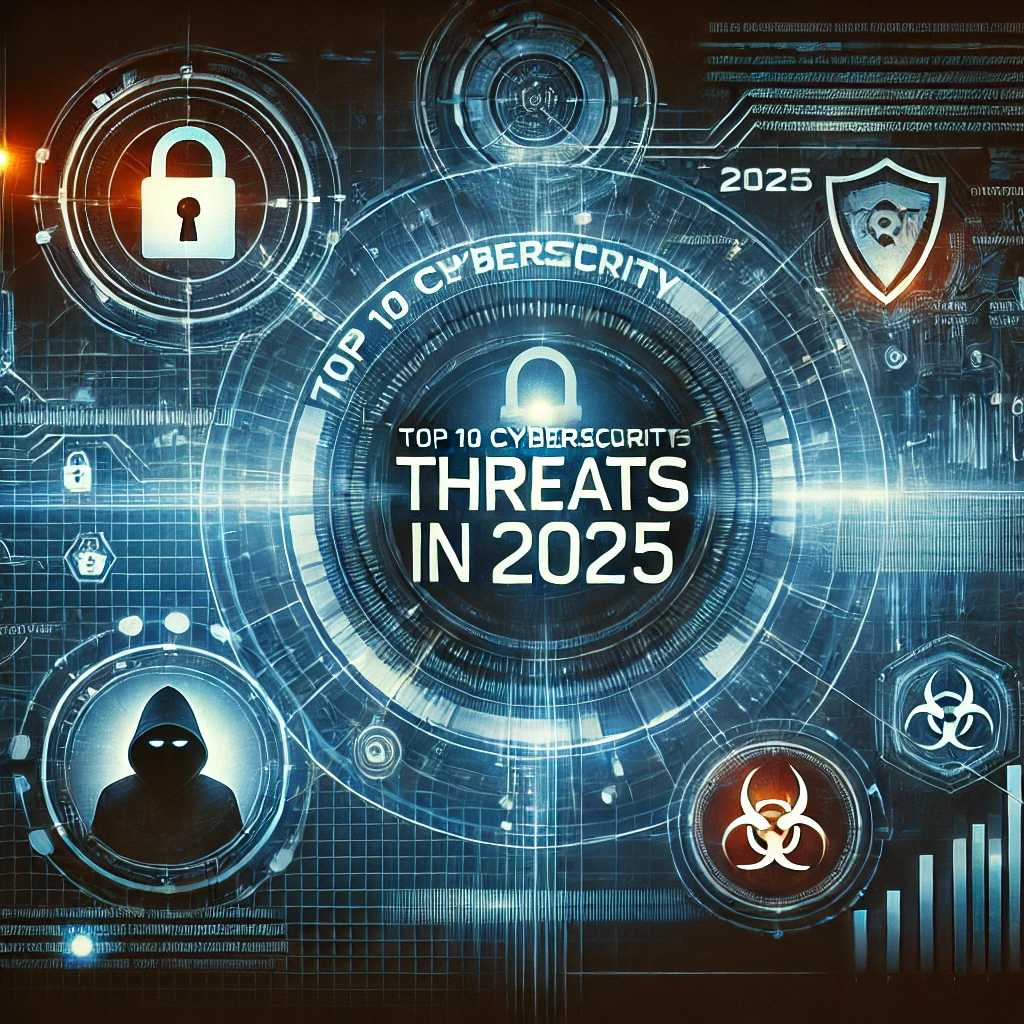Introduction:
In 2025, VPN safety has become a major concern for internet users worldwide. With cyber threats evolving at an unprecedented pace, many people wonder: is your VPN really keeping you safe? The shocking truth is, not all VPNs are created equal, and some might even put your data at risk. In this article, we’ll uncover the reality of VPN safety in 2025, explore the hidden dangers, and show you how to choose a VPN that truly protects you.
1. The Promise of VPNs: What They Claim to Do
VPNs have long promised to encrypt your data, hide your IP address, and let you browse the web anonymously. Many even claim to follow a “no-logs policy,” meaning they don’t store records of your online activity. Sounds perfect, right? But here’s the catch: in 2025, these promises often fall short. With cyber threats growing more sophisticated and companies increasingly commercializing user data, the VPN industry faces intense scrutiny. Can you really trust these providers, or are they just profiting from your fear?
2. The Reality of VPN Safety in 2025
The internet in 2025 has become a battlefield. Cybercriminals now use AI-powered tools to crack weak encryption and track your every move. Governments deploy advanced surveillance systems that can bypass VPN protections. Worst of all, “fake VPNs” have turned the privacy industry into a minefield. These malicious apps lure you in with promises of security, only to sell your data to advertisers, hackers, or even authoritarian regimes. So, is your VPN one of them? In a world where even trusted tools can fail, how can you ensure your safety?
3. Key Risks to VPN Safety in 2025
- Data Leaks: You might think you’re anonymous, only to discover your real IP address has leaked through a DNS or WebRTC vulnerability. Even well-known VPNs have faced this issue, and in 2025, such leaks pose greater risks as hackers use them to target you with precision.
- Outdated Encryption: Some VPNs still rely on outdated encryption protocols that modern hacking tools can crack in minutes. If your VPN doesn’t use the latest standards, your data might as well travel in plain text.
- The Free VPN Trap: Free VPNs act like wolves in sheep’s clothing. They might not charge you money, but they profit by selling your browsing history, passwords, and even financial data. In 2025, using a free VPN carries higher risks, as many of these services operate as fronts for data harvesting.
- Jurisdiction Nightmares: Did you know some VPNs base their operations in countries with strict data retention laws? This means authorities can force them to hand over your “private” data without your knowledge. In 2025, your VPN’s location matters more than ever, as governments increasingly pressure companies to share user information.
4. How to Ensure VPN Safety in 2025
Don’t panic—you can still protect yourself. Here’s how to find a VPN that won’t betray you:
- Military-Grade Encryption: Choose VPNs that use protocols like WireGuard or AES-256. Anything less risks your security, especially in 2025, when cybercriminals wield powerful decryption tools.
- Proven No-Logs Policy: Opt for providers that independent auditors have verified and that have a track record of protecting user data. In 2025, transparency is key, so avoid any VPN that refuses third-party audits.
- Privacy-Friendly Jurisdiction: Avoid VPNs based in countries that belong to surveillance alliances like the Five Eyes. In 2025, the legal landscape has grown more complex, and your VPN’s jurisdiction could determine your privacy.
- Kill Switch: Ensure your VPN includes this feature, which cuts your internet connection if the VPN fails, preventing data leaks. In 2025, this feature is non-negotiable, as even a split-second exposure can lead to disaster.
5. The Future of VPN Safety: What’s Next?
VPNs alone no longer guarantee safety in 2025. As cybercriminals evolve, so must you. Emerging technologies like decentralized VPNs (dVPNs) and blockchain-based privacy solutions are changing the game. These tools distribute your data across multiple nodes, making it nearly impossible for hackers to intercept. Combine your VPN with tools like Tor, anti-tracking browsers, and encrypted messaging apps to build a multi-layered defense. In 2025, the future of VPN safety demands more than relying on a single tool—it requires staying ahead of the threats. Complacency is your worst enemy.
Conclusion:
The harsh reality is that in 2025, your VPN could either protect you or expose you. While a reliable VPN remains a powerful tool for online privacy, the wrong choice could leave you vulnerable to hackers, surveillance, and data theft. Don’t wait until it’s too late. Take control of your digital safety today by choosing a VPN that truly works for you. Remember, in the digital age, ignorance isn’t bliss—it’s a vulnerability. The shocking truth about VPN safety in 2025 is out there, and now it’s up to you to act.
Are you sure your VPN keeps you safe in 2025? Share your experiences in the comments, and if you’re ready to upgrade your privacy game, check out our list of trusted VPNs that rigorous testing has proven secure and reliable. Don’t become another victim of the 2025 privacy crisis—act now!
FAQ Section:
Q: Are free VPNs safe in 2025?
A: Absolutely not. Free VPNs act as ticking time bombs. They often profit by selling your data, injecting ads, or even infecting your device with malware. In 2025, the risks of using a free VPN have never been higher.
Q: Can hackers break into VPNs in 2025?
A: Yes, especially if the VPN uses weak encryption or has vulnerabilities. Always choose a VPN with a proven track record of security. In 2025, the stakes are too high to take chances.
Q: Do I still need a VPN in 2025?
A: More than ever! But you must choose wisely. A bad VPN puts you at greater risk than using no VPN at all. In 2025, your online safety depends on making informed decisions.





